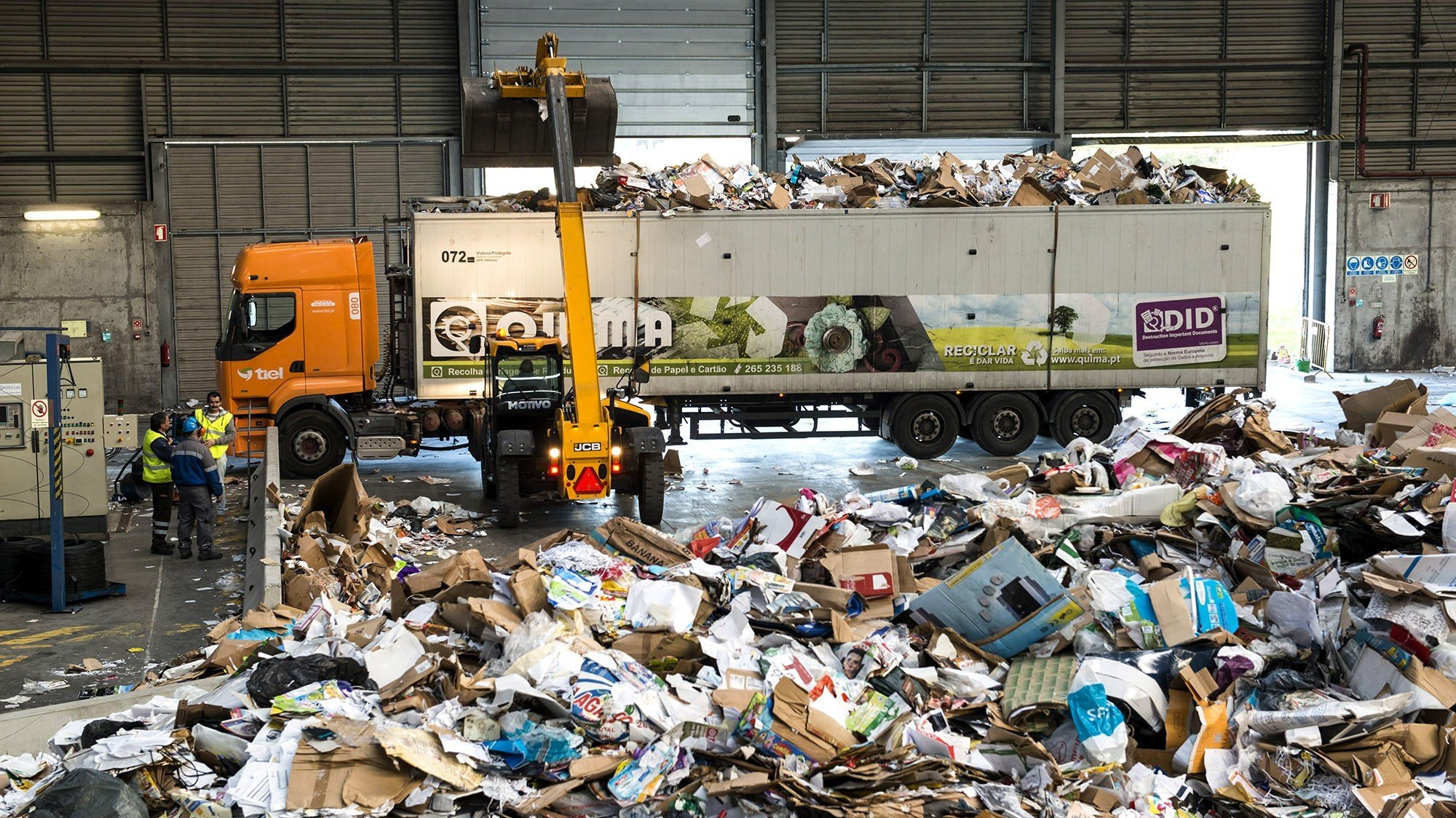The Azores increased the urban waste recycling rate by 3.5% in 2021, to 32.3%, when the European Union’s objective for 2025 is 55%, the Azorean executive revealed on Tuesday.
The rate of preparation for reuse and recycling grew by 3.5% between 2020 and 2021, now standing at 32.3%, according to the new methodology used at the community level. It is an important rise, but there is still a long way to go in terms of waste management in the region, which implies a commitment from everyone, from the Regional Government, from the municipalities, from the waste managers and above all from the population. ”, said, in statements to journalists, the regional secretary of Environment and Climate Change of the Azores.
Alonso Miguel was speaking, in Angra do Heroísmo, on the island of Terceira, on the sidelines of the presentation of the Azores urban waste report for 2021.
Asked about the expectations that the region will reach, in 2025, a recycling rate of 55%, defined as a target by the European Union, the regional secretary for the Environment said that he hopes achieve this goal with the “collaboration of the population”.
These are demanding objectives, but they are the ones that have been defined and we will do everything possible to achieve them. The completion of the São Miguel eco-park will make an important contribution”, he pointed out.
Of the nine islands of the archipelago, seven already exceed the objectives of the European Union, with rates between 67.2% in Faial and 77.9% in Santa Maria.
The two most populated islands with the highest waste production are still below 55%, with São Miguel reaching 26.7% and Terceira 19.8%.
The amount of volumes produced in the smaller islands, in addition to Terceira and São Miguel, allows a manual, fine selection, which enables the recovery of a large part of the recyclable waste”, he said.
In the case of Terceira and São Miguel, “the classification is almost always industrial, not very fine, which means that it is not possible to recover such a large amount,” he explained.
Despite the growth of recycling, the Azores also increased the production of urban waste in 2021, reaching 150,143 tons, the highest value since 2014.
Compared to 2020, 8,354 more tons were produced, which represents a growth of 5.9%.
According to the head of the Environment portfolio, this increase “was fundamentally due to the resumption of hotel and restaurant activity and also to the increase in tourist flow, which occurred in 2021.”
The production of urban waste. per capita in the Azores, in 2021, it was 1.74 kg per day, a value higher than the national average in 2020 (1.4 kg).
The regional secretary admitted the need to reduce waste production in the region, but warned of the difficulties arising from the high imports in the archipelago.
“We live on islands and we are forced to import a large part of the products we consume and these products, to be placed, many times in the regional market, have to be packed in a much more elaborate way, with several envelopes”, it was justified. .
It is difficult to reduce waste production. Obviously, it involves a lot of public awareness. People are free to buy what they want, much more so in a globalized market, but we must continue working to make people aware of the reduction”, he added.
More than half of the urban waste in the Azores (92,599 tons) was produced on the island of São Miguel, the largest and most populated in the archipelago.
São Miguel was also the island with the most waste discharged (68%), but five islands reached “zero discharge” (Corvo, Flores, Graciosa, São Jorge and Santa Maria).
Terceira, the only island in the archipelago with an incinerator, allocated 70.5% of its waste to energy recovery, and the island of Flores was the one that invested the most in material recovery (56.9%).
In 2014, the Azores deposited 77% of urban waste in landfills and in 2021 this figure dropped to 43.2%.
“We have registered an improvement in terms of waste treatment operations, at a time when the region has already recovered more than half of the waste it produces (56.8%)”, highlights Alonso Miguel.
Material recovery reached 22.5% in 2021, organic recovery 16.3% and energy recovery 17.9%.
Source: Observadora
